Meeting Eagle Scout Requirement 5
Eagle Scout Requirement 5
While a Life Scout, plan, develop, and give leadership to others in a service project helpful to any religious institution, any school, or your community. (The project must beneft an organization other than Boy Scouting.) A project proposal must be approved by the organization benefting from the effort, your unit leader and unit committee, and the council or district before you start. You must use the Eagle Scout Service Project Workbook, No. 512-927, in meeting this requirement.
Project Purpose
In addition to providing service and fulfilling the part of the Scout Oath, “to help other people at all times,” one of the primary purposes of the Eagle Scout service project is to demonstrate or hone, or to learn and develop, leadership skills. Related to this are important lessons in project management and taking responsibility for a significant accomplishment.
Choosing a Project
Your project must be for any religious institution, any school, or your community. It is important to note, however, that the Boy Scouts of America has recently redefined “your community” to include the “community of the world.” Normally, “your community” would not refer to individuals, although a council or district advancement committee may consider scenarios in which an individual in need can affect a community. It is then a matter of identifying
a source representing the “community” who will provide approvals. For more information, see the Guide to Advancement, No. 33088, section 9.0.2.5.
Your project must present an opportunity for planning, development, and leadership. For example, if a blood drive is chosen and the blood bank provides a set of “canned” instructions to be implemented with no further planning, the planning effort would not meet the test. You may need to meet with blood bank officials and work out an approach that requires planning, development, and leadership. This might involve developing and carrying out a marketing and logistics plan, or coordinating multiple events.
An Internet search can reveal hundreds of service project ideas. Your project doesn’t have to be original, but it could be. It might be a construction, conservation, or remodeling project, or it could be the presentation of an event with a worthwhile purpose. Conversations with your unit leader, teachers, your religious leader, or the leaders of various community organizations can also uncover ideas. In any case, be sure the project presents a challenge that requires leadership, but also something that you can do with unskilled helpers, and within a reasonable period of time.
Restrictions
•There are no required minimum hours for a project. No one may tell you how many hours must be spent on it.
•Routine labor is not normally appropriate for a project. This might be defined as a job or service you may provide as part of your daily life, or a routine maintenance job normally done by the beneficiary (for example, pulling weeds on the football field at your school.)
•While projects may not be of a commercial nature or for a business, this is not meant to disallow work for community institutions, such as museums and service agencies (like homes for the elderly, for example), that would otherwise be acceptable. Some aspect of a business operation provided as a community service may also be considered—for example, a park open to the public that happens to be owned by a business.
•A project may not be a fundraiser. In other words, it may not be an effort that primarily collects money, even for a worthy charity. Fundraising is permitted only for securing materials and facilitating a project, and it may need to be approved by your council. See “Eagle Scout Service Project Fundraising Application” on page 17.
•No more than one Eagle Scout candidate may receive credit for working on the same Eagle Scout service project.
•Projects may not be performed for the Boy Scouts of America, or its councils, districts, units, or properties.
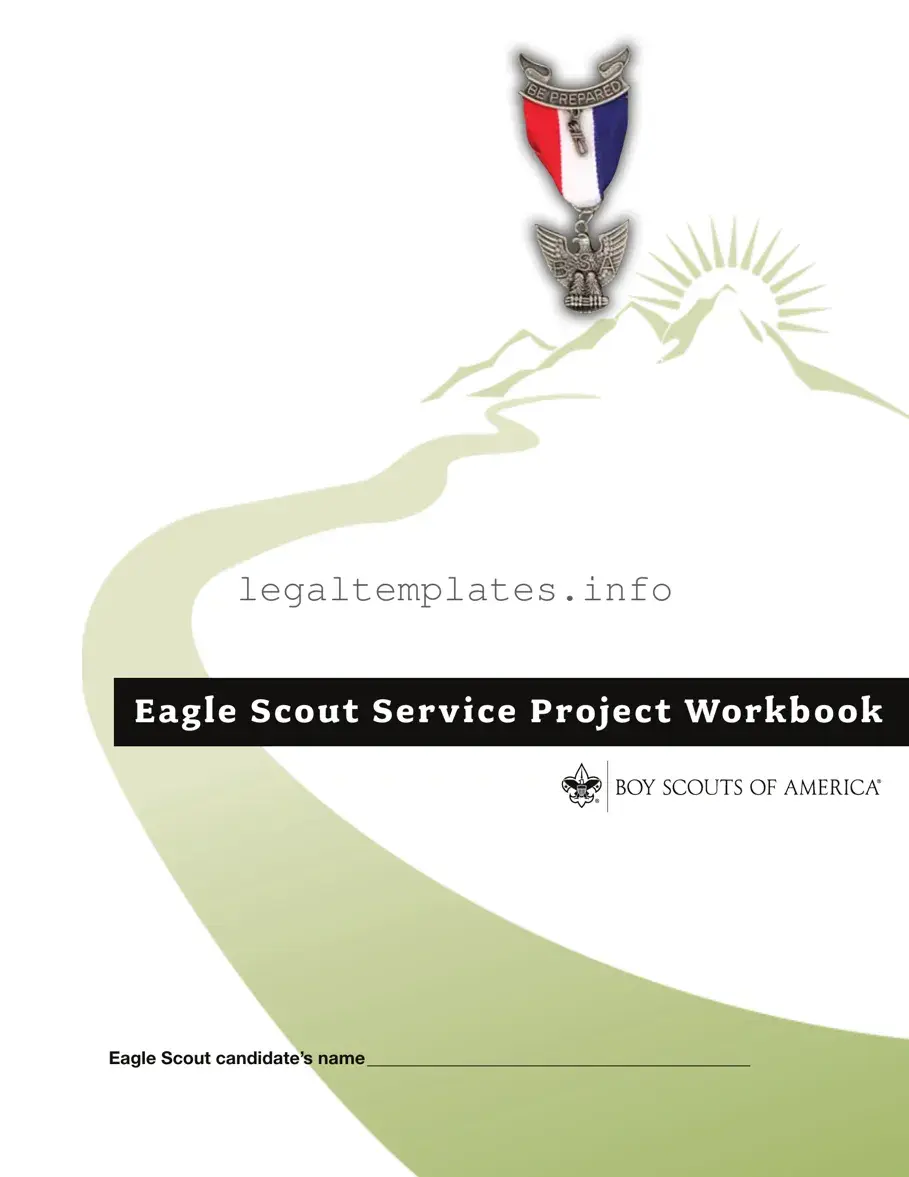
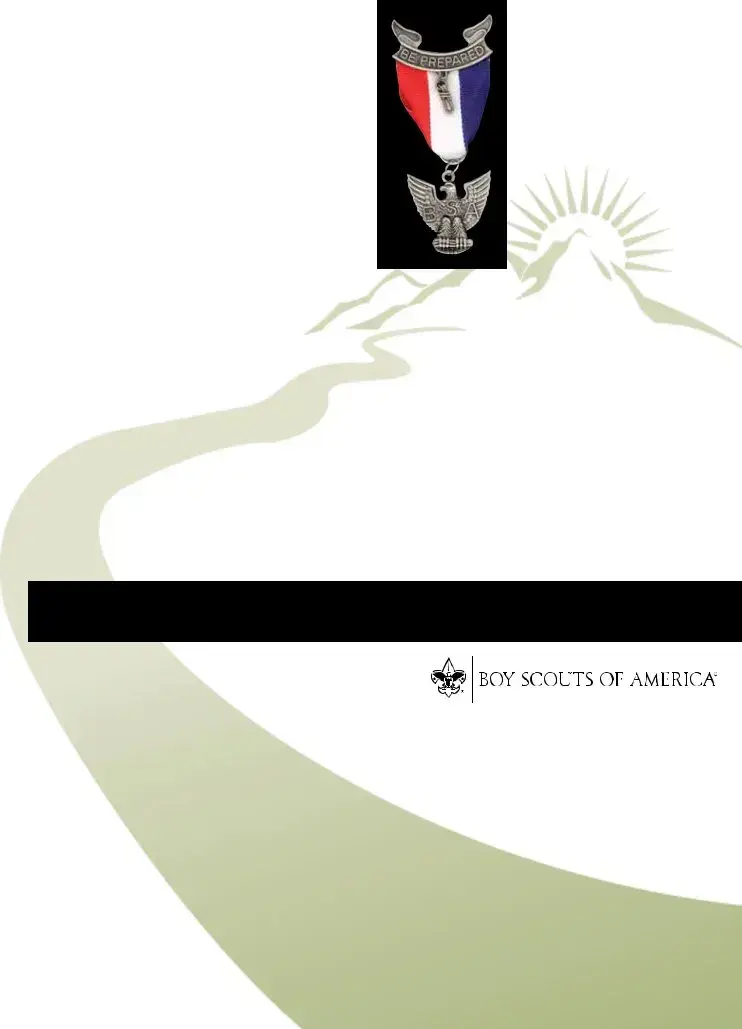





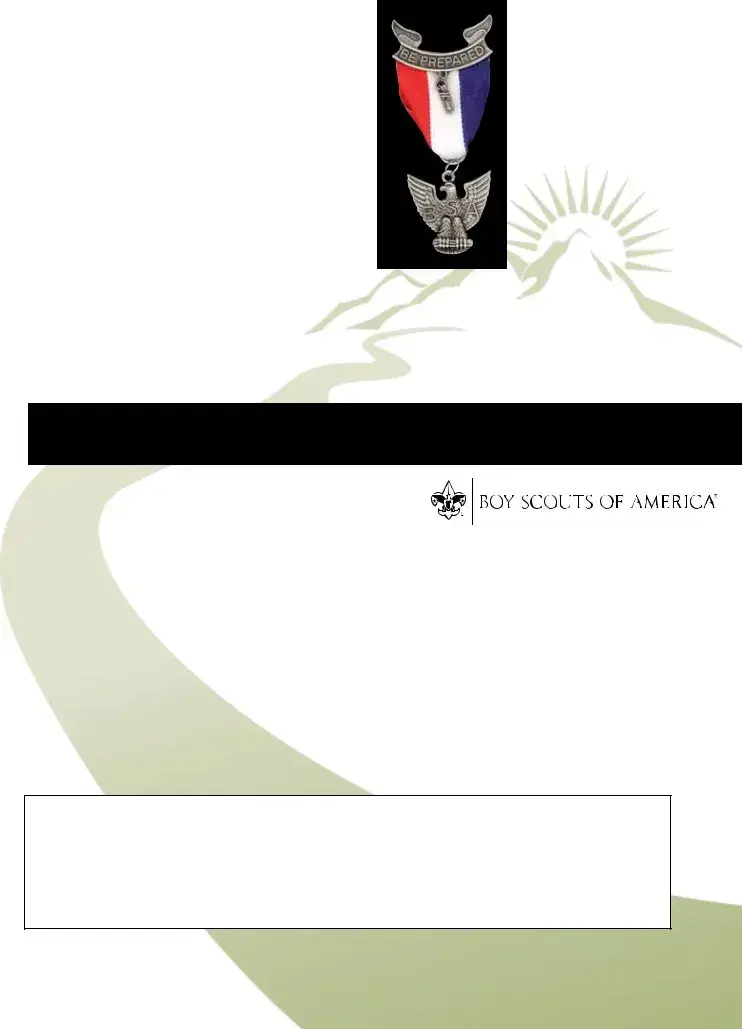
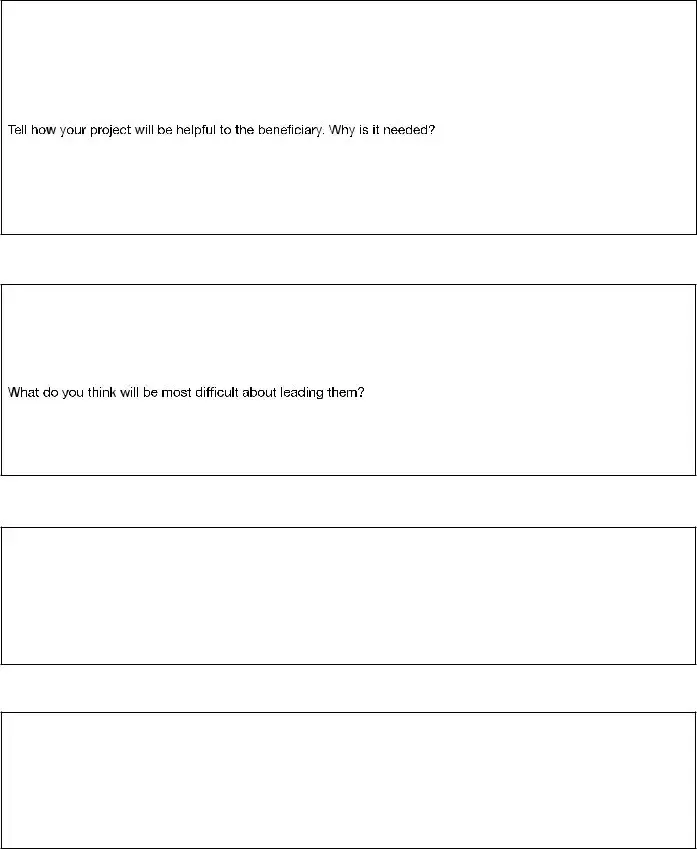
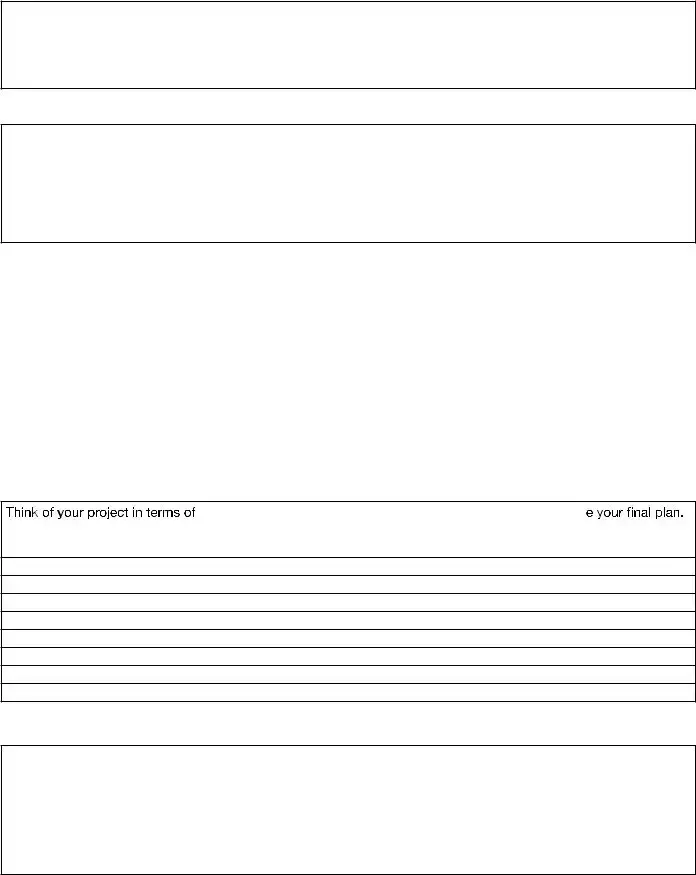
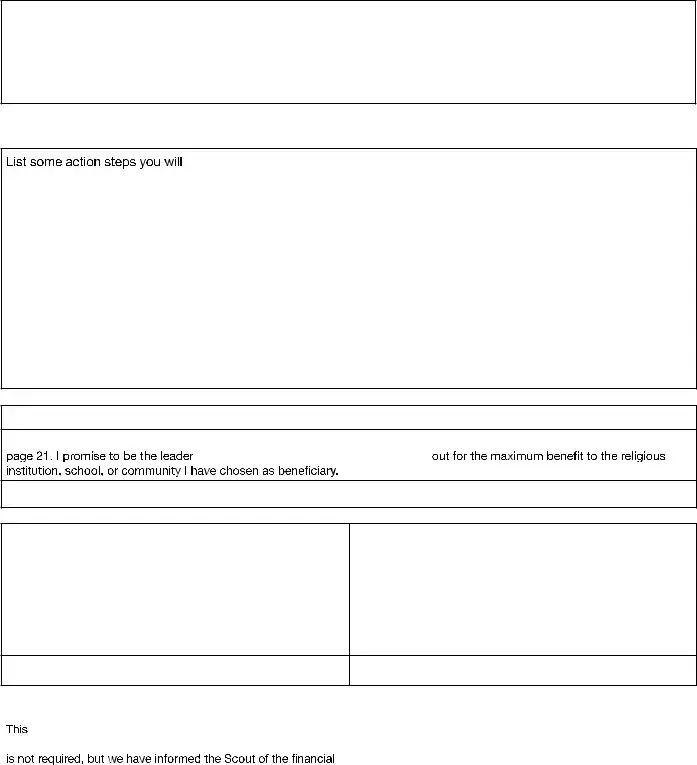


 or example, “Complete a more detailed set of drawings.”
or example, “Complete a more detailed set of drawings.”